“You’re very creative, where do you get your ideas from?”
This is a question I get asked a lot and I generally reply with an incoherent mumbling of unsatisfactory explanations by which time the person who asked the question has usually lost interest.
But creativity isn’t about coming up with NEW ideas – it’s simply about looking and thinking about existing things in different ways and that’s not always easy to articulate.
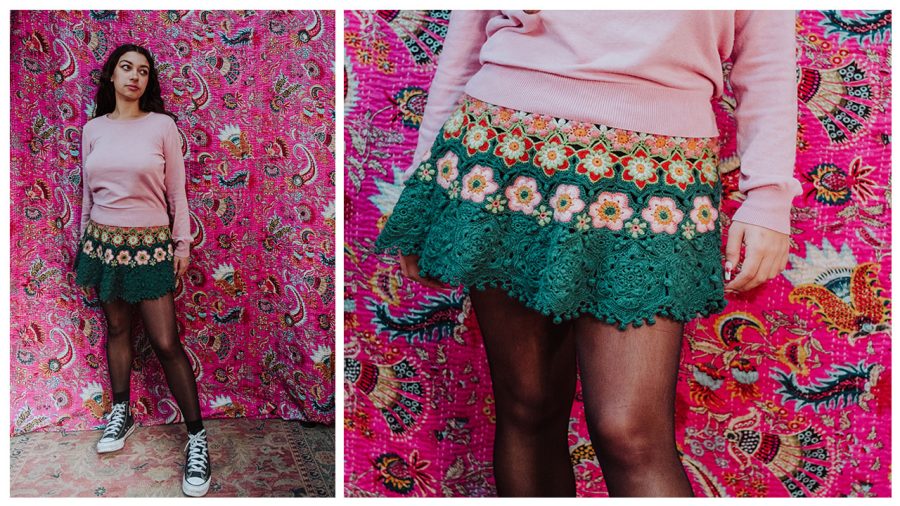
How can you imagine the unseen?
Mark Twain wrote:
“There is no such thing as a new idea. It is impossible. We simply take a lot of old ideas and put them into a sort of mental kaleidoscope. We give them a turn and they make new and curious combinations. We keep on turning and making new combinations indefinitely; but they are the same old pieces of colored glass that have been in use through all the ages.”
Original is unusual, uncommon, and unfamiliar. It’s avant guard and it often assumes a superior position. The advance guard go in first and take risks – they’re a bit scary.
Most of us prefer the familiar. We like things we can recognise and understand. We understand archetypes, tropes and genres; most design ideas can be traced back to an earlier iteration.
Without a familiar reference point a design or an idea is simply an abstract concept with no inherent meaning we recognise. It can be confusing, even alienating, which is why conceptual art can be so disorientating.
Every creative impulse comes from a seed already planted – something you’ve seen before, something that struck a chord; that spoke to you, it resonated and made an impact.
Those things get stored as snapshots in our head. The average adult brain has the equivalent of 2.5 million gigabytes of digital memory and we remember pictures much more accurately than words, possibly because images have the potential for richer associations and connections.
Humans have the amazing capacity to remember around 2,000 images in great detail – as well as thousands of little scraps of incomplete images that may, or may not, resurface one day.
When a visual memory becomes triggered we make a connection and the more connections we make the more significant that image becomes.
However, all of this doesn’t mean that I think designers shouldn’t try new things and push the boundaries. It IS possible to both respect and challenge traditions – they’re not mutually exclusive.
But if we want to break the rules and try new things we have to at least acknowledge what the rules are.
It’s hard to break a rule without first referencing and paying homage to it.
Words can also get stuck in our heads and a phrase that has stayed with me for decades was written by Griselda Pollock in Avant-garde Gambits, 1888-93: Gender and the Color of Art History. She describes the character of the avant- garde as;
“The play of reference, deference and difference”
and this trilogy, for me, sums up the design process.
After deference comes difference; something new but with a traceable heritage that gives it meaning and context.
In practice, the creative act of bringing something new into the world is an unconscious mash up of stuff that’s found its way into our psyche. Fragments of images, scraps of pattern, a painting we saw once but never forgot.
Anything can become the point where something new begins.
Creativity isn’t about dreaming up something new in a cultural vacuum, it’s about acknowledging multiple reference points, joining the dots in different ways and allowing new constellations to take shape.
My online courses are designed to include many of these reference points; points of departure that can lead to alternative destinations and I love it when course members take an idea, make it their own and run with it.
In my own work I’m constantly referencing not only the things that inspire and influence me – but also my own previous work. Each product becomes the starting point for the next idea – not in a formal ‘iterative design process’ – it’s more like a subconscious nagging voice that’s continually saying “but what if you did it like this…….”
So I rarely see any of my designs as ‘finished’ – they’re only ever part of a collective process; signposts in a journey, places to stop and catch a breath before moving on.
Which is why I find it so exciting to see how other people interpret my designs and I love to see different iterations.
A design is only ever a manifestation of an idea and every one of us has our own ideas – and can realise them.
So yes, my crochet courses will take you through the process of making a beautiful product, but they’ll do more than that. They’ll encourage you to challenge yourself and they’ll give you the confidence to explore new ideas.
I’ve seen my designs and crochet motifs reworked as garments, jewellery, soft furnishings, free form experiments and miniature, exquisite, works of art and I’m surprised and delighted by every iteration.
And Gloria – well, Gloria is already proving to be the inspiration for a whole range of floral products.
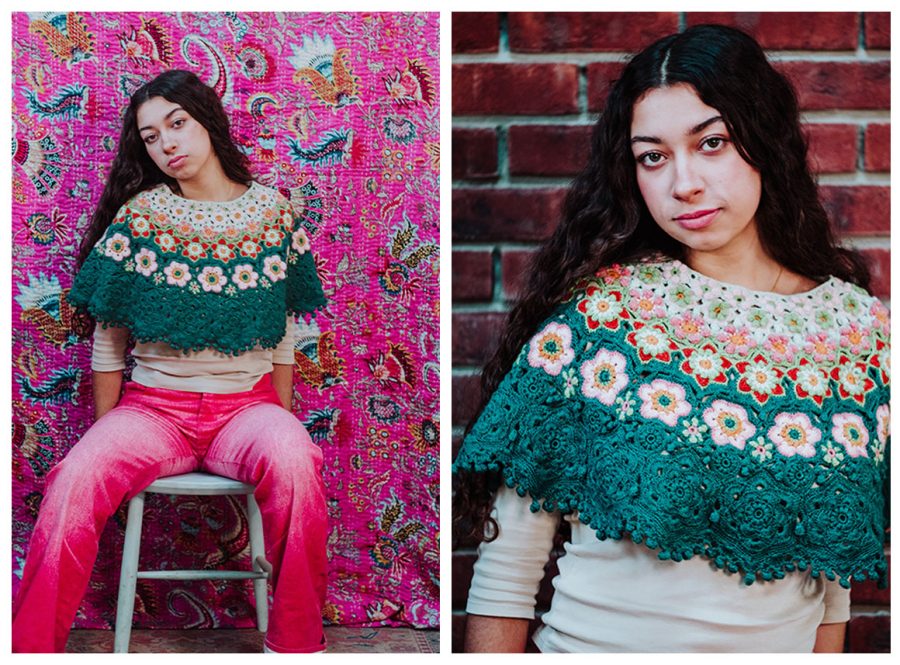
For you it may not be about a Crochet Capelet – perhaps it’s strings of floral decorations, (there are 6 different flower motifs in Gloria) or the perfect lampshade for a maximalist interior. Maybe it’s a crochet skirt for the festival season or perhaps you can visualise it in white as a wedding capelet– or in black with a trim of teardrop glass beads as an elegant evening accessory…..
The only limit is your imagination.
The Gloria Capelet course begins again on 1st February 2023, I invite you to join me and make her your own.

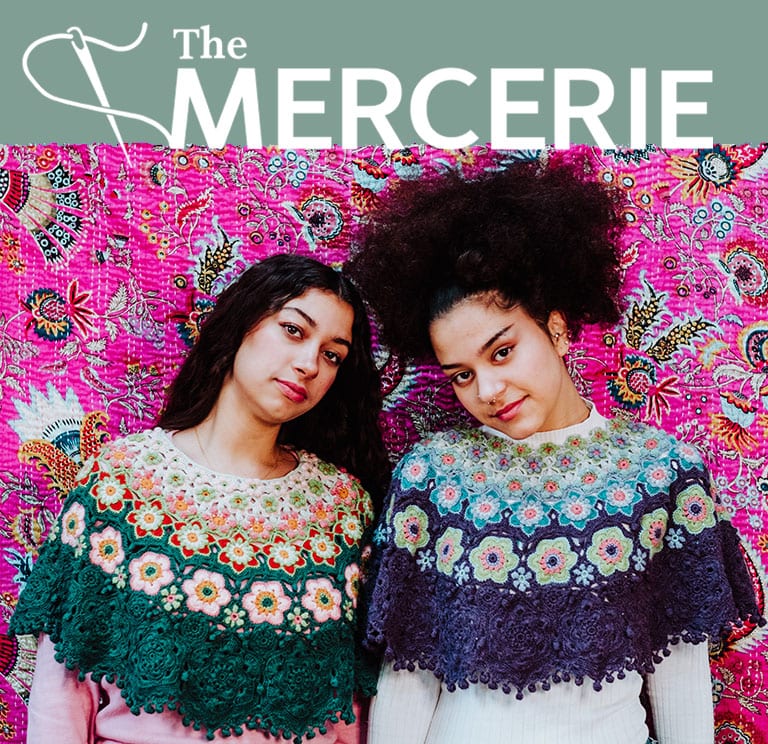
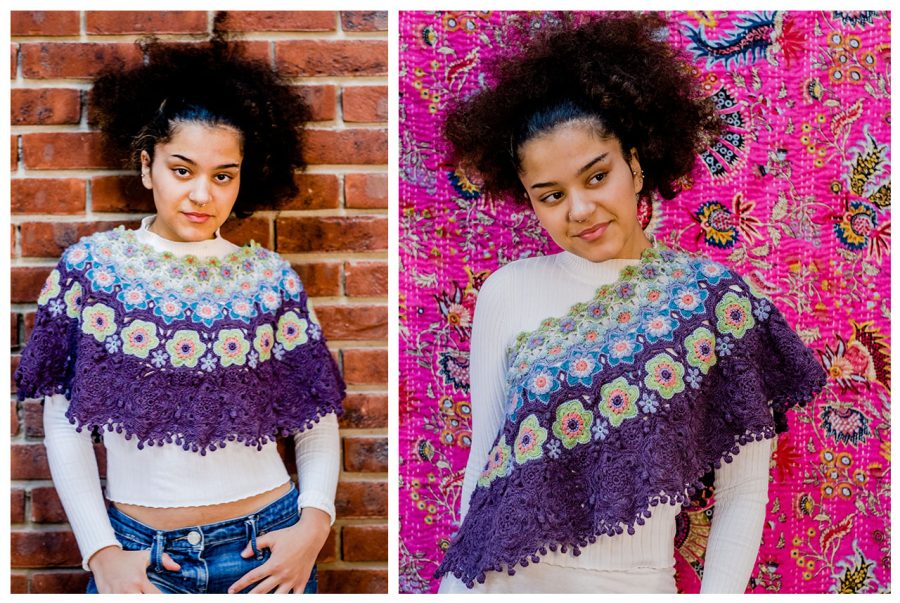
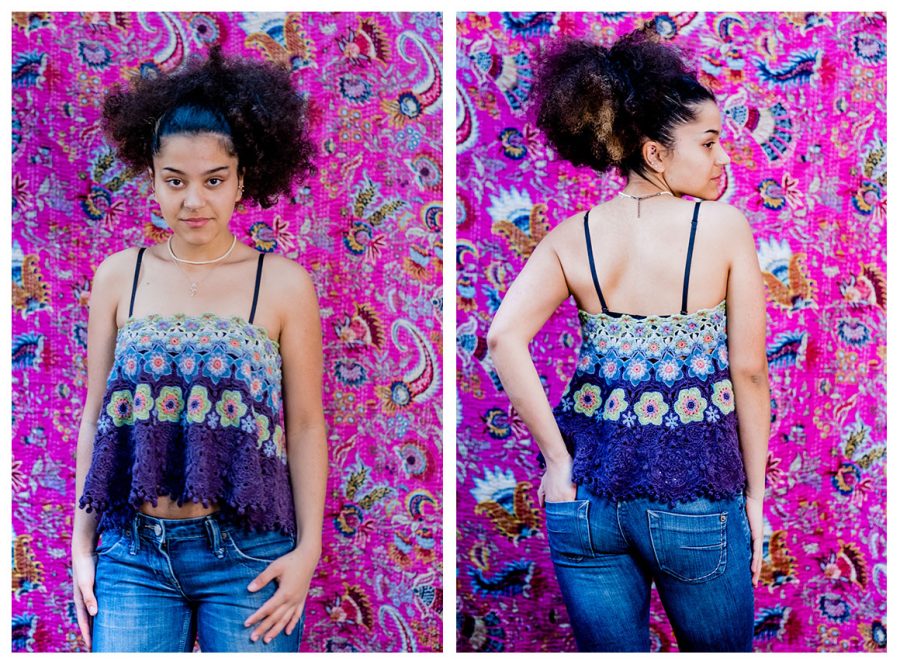
What a fascinating read this was. I always struggle with the whole “ where do you get your ideas from?” question but this has really struck a chord. Lots and lots of tiny stored images which come together in your own interpretation. Thank you.
Hi Felicity, I’m so glad you enjoyed this post and could relate to it – thank you. x
As an engineer for over 40 years, I always thought I wasn’t really that creative, however, lately, I’ve realized I’m a lot more creative than I thought. I crochet as a hobby, but have surrounded myself with art over the years; that has nurtured a desire for good design and a desire to copy and/or mimic what I consider good design from many genres.
I think that you and anyone else might like a very interesting book on creativity by Twyla Tharp, the famous dancer/choreographer, that I am reading and taking notes from : “The Creativity Habit -Learn it and Use it for Life.” She includes many exercises that enhance one towards a creative mindset regardless of ones’ background. You are correct, we are all creative in our own unique ways and the world would be poorer if we do not express that creativity in our lives.
Hi- thank you so much for taking the time to read and comment on this post. I’m glad you enjoyed it – and yes I’m very familiar with this book – it’s one of my all time favourites and a brilliant guide to many different creative processes ❤️
Oh Sue, what a great gift (and marketing idea) putting crojoretro in with our other classes. Thank you so much for making this available in that format, I will enjoy accessing it from Kajabi. Happy Holidays!
Hi! Thank you – I’m so glad you like it and I hope you enjoy the new Crojoretro format! Very best wishes, Sue xxx